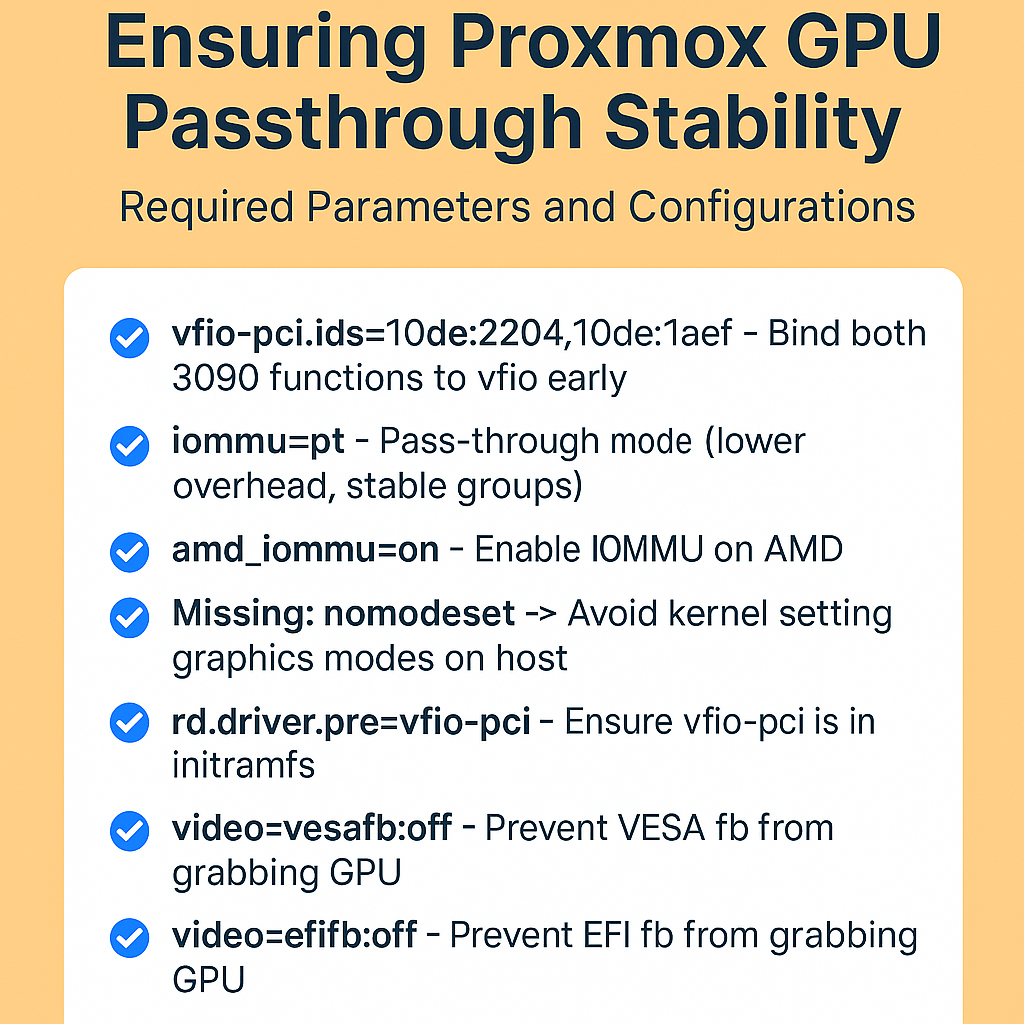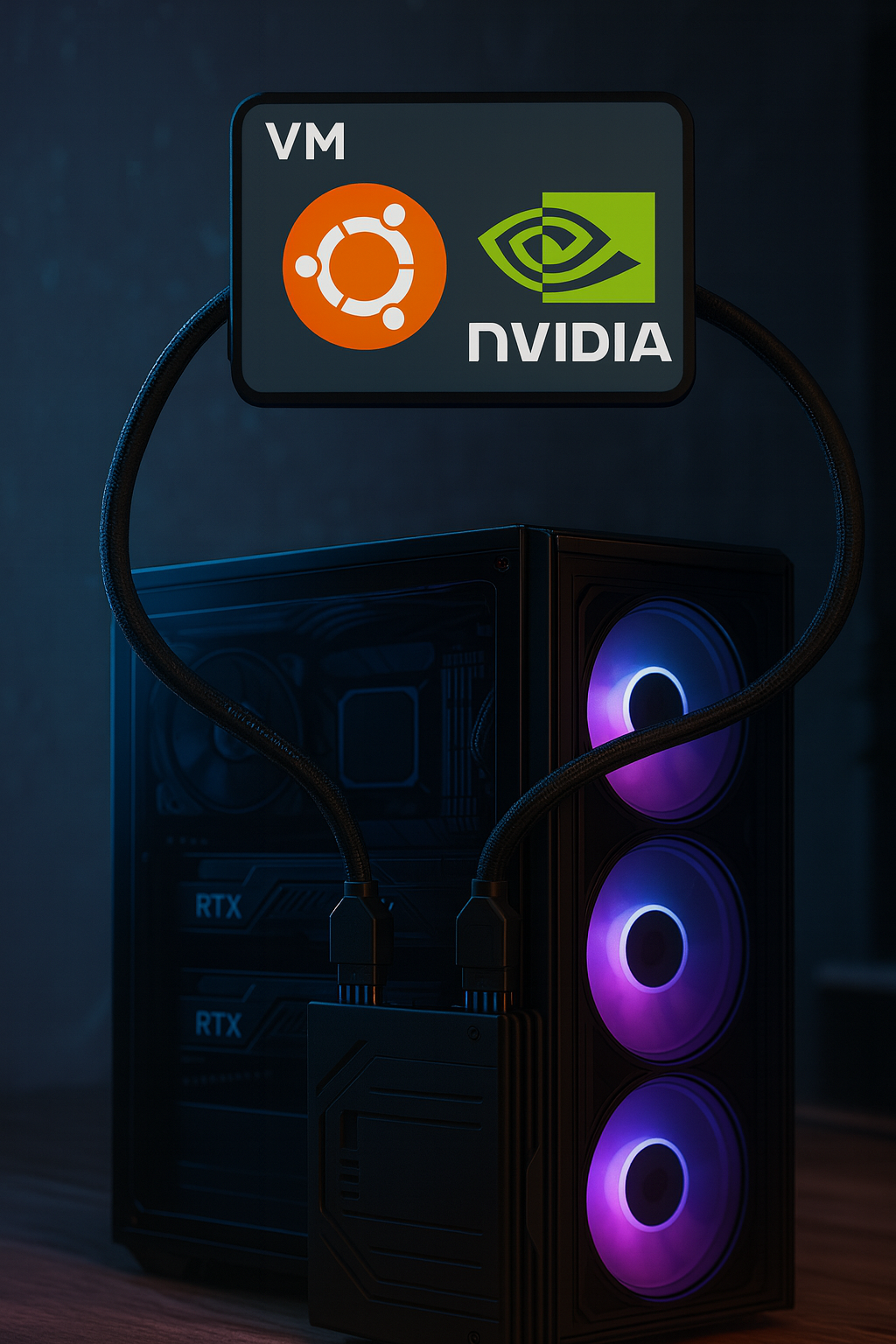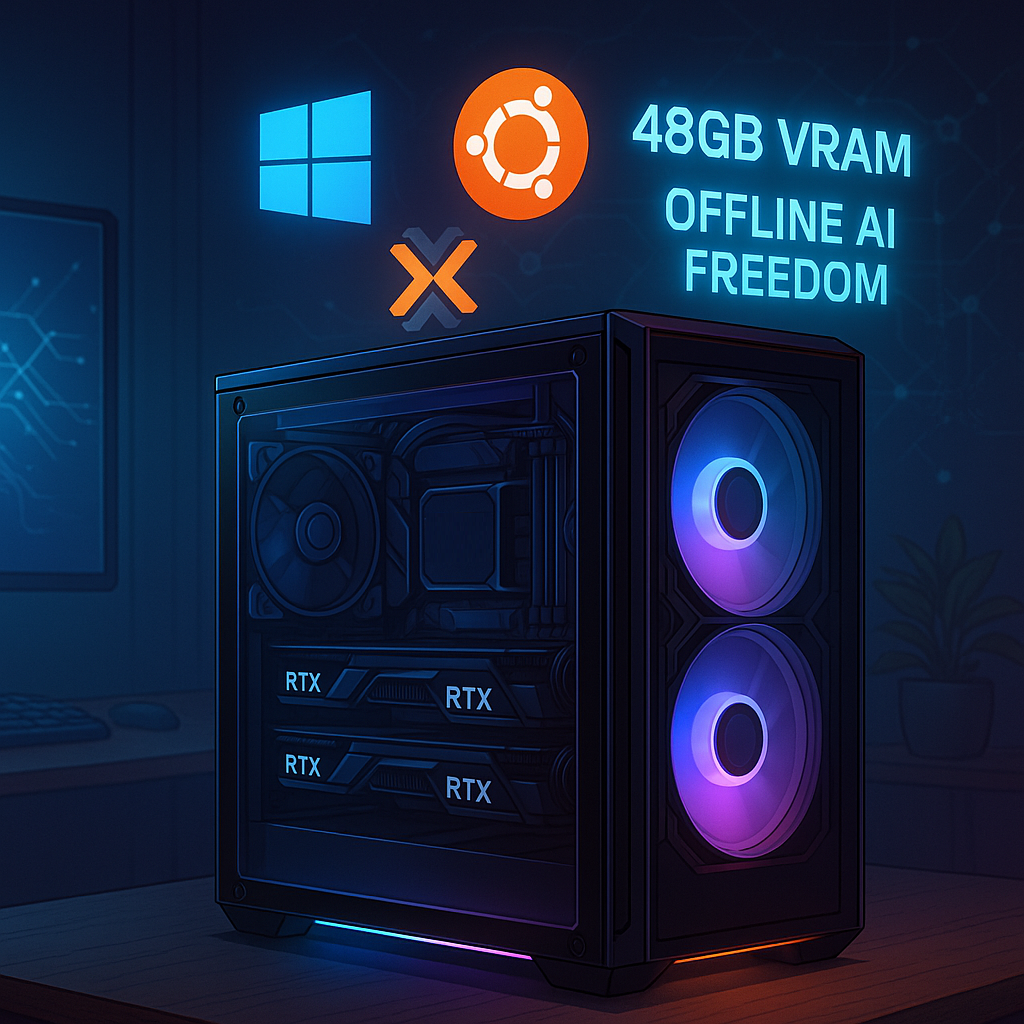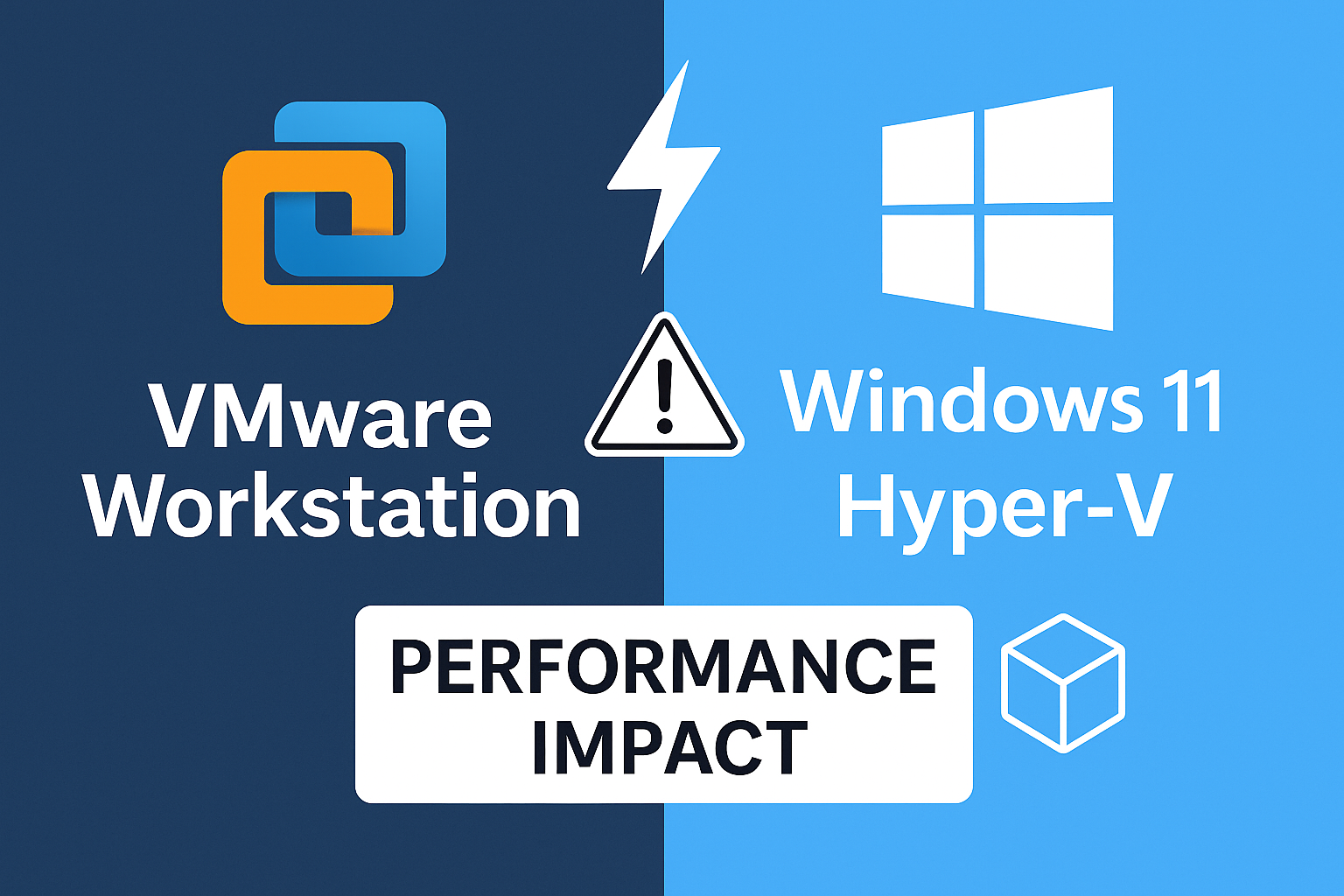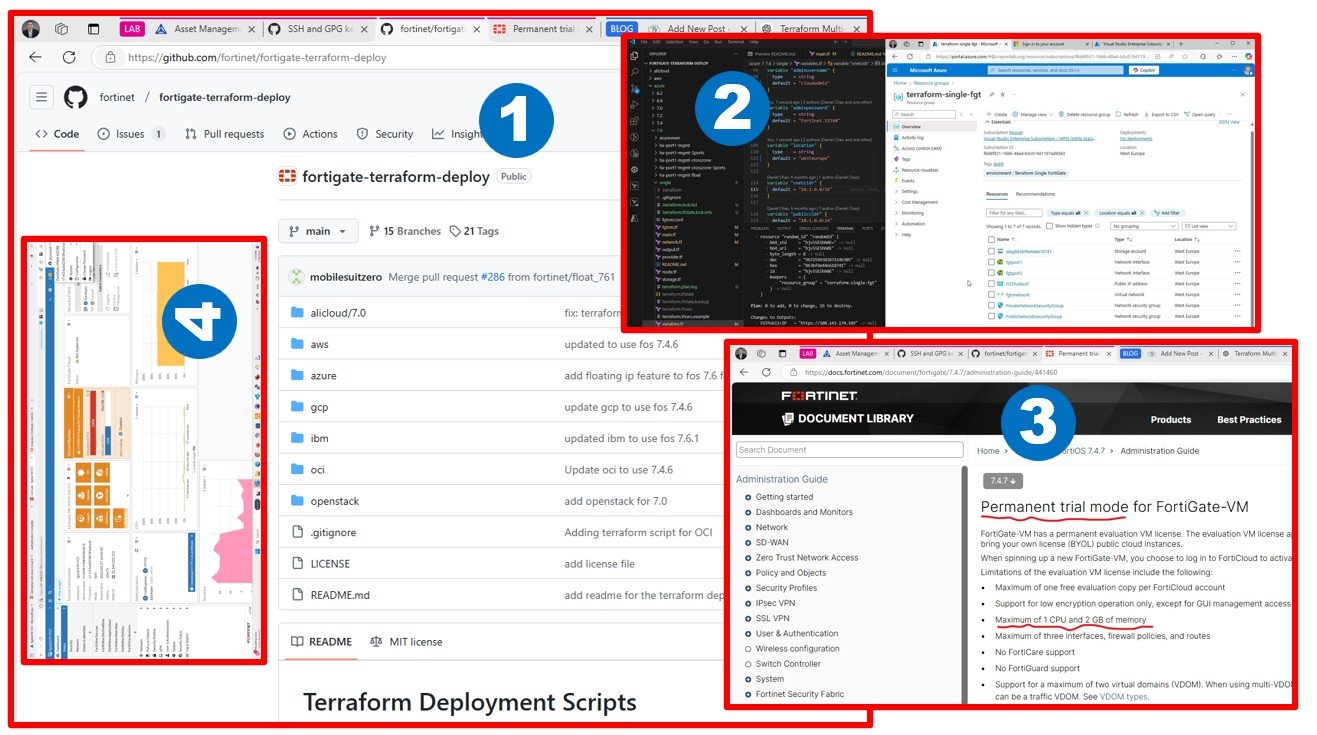I need to admit, I was lucky all my life. When relational DBs and Oracle SQL tuning was popular I was there. Later when virtualization came to our town, I was there. I learned how to run an entire region working at a US startup, quite self-driven. I enjoyed DIB in a global organization at Microsoft. What’s Next?
I was born in socialist Hungary in 1980 at the edge of Generation X and Millennials.
The Hungarian People’s Republic (1949-1989) was a socialist republic and a satellite state of the Soviet Union. It was succeeded by Hungary in 1989 when I was 9 years old.
My father was an architect and my mom worked as a bookkeeper. My father wanted me as a mathematician, architect, or priest. I wanted to repair televisions as a child because our TV often broke.


I got early access to the computer when I turned 12. This was a game-changer in my life. Because of the lack of games on Commodore Plus/4 and my curiosity to build something new I started to do programming in BASIC. That was the only programming language and computer available in 1992.
My entire education is about computer science and I graduated from college as an application developer. I was a real computer geek. No girlfriends, no parties, but computer-based get-togethers with like-minded teenagers.
In my early twenties, I learned how to service people at Ericsson Hungary working as an IT Helpdesk/Admin. 1000 people in Budapest, great diversity, and warm Scandinavian family-friendly environment.

Later I worked at a software development company called Allround Ltd. on the largest Oracle database that exists in town at T-Mobile Hungary. I was in charge of Telco fraud detection and become a senior Oracle PL/SQL developer over 5 years period.

Because I used VMware a lot to reproduce customer environments to support the development cycle and I was running the most popular virtualization-related blog in Hungary I got the VMware Systems Engineer job. I was the first technical resource in Hungary of this US “startup”. It was a major disruption in my life, in a good way. My first Sales kick-off event in San Franciso, working in a diverse team including all EMEA regions. Early days of virtualization. At that time every large company adopted virtualization so it was relatively easy to become very successful. I learned how to run hands-on labs in San Francisco, VMworld. I replicated the same in Hungary at the VMware User Group (VMUG) event in Budapest resulting in the largest VMUG community in CEE with ~300 attendees, based in Budapest.

When my stunning sales peer (Tamás) left for a regional role at a leading storage vendor, I joined a US startup together with our previous VMware sales director in CEE (Zoran). At Virtual Instruments (VI now called Virtana) we managed to sell complex Infrastructure Performance Management (IPM) solutions to large enterprises in Central and Eastern Europe, including Russia and Turkey. I had an amazing manager and mentor (Alex) and he was so kind to provide valuable feedback with lifetime impact- we are friends forever.

After VI, in my mid-thirties, I joined Microsoft as WW Hosting Team field warrior. Imagine a global startup team in a large organization. It was an amazing experience I made great connections and we deployed the Microsoft System Center product stack (Hyper-V to Windows Azure Pack) across all the major service providers in CEE. At that time DevOps was PowerShell Deployment Toolkit, we used a tool called Service Provider Readiness Toolkit. I had the privilege to report to a truly amazing leader (Stephane). I have seen early adoption of cloud in our region and worked in several multi-tenant service provider cloud migration attempts. Our team designed and helped partners to adopt hybrid scenarios, such as backup and DR to the cloud. Just like Azure Stack, it was a little early and pioneer work in our time zone. My last role at Microsoft helped me to better understand the SaaS side of the cloud (Microsoft 365) while getting new skills around Endpoint Security (Intune) and Azure Virtual Desktop.

I left Microsoft in September 2021 with great connections. I become an Entrepreneur, self-employed. I would like to highlight my mentor (Jeanne) who made a lifetime impact on me and helped me to find my way.
After leaving Microsoft, I started to work on contract for a global distributor, AWS business development, and technical mentoring, 3 days a week. For another 2 days and often weekends and late afternoons I was working on my desired certifications. I invested part of my savings to support my future work. It is always smart to be bold and unstoppable when it comes to your future.
Take a look on my recent technical certifications.

Check out this post to see my certification plans for 2022: What’s next and WHY? My Career Vision & Personal Development Plan – Cloud Migration Blog by Attila Macskasy
In the last two years, I am not only focusing on technology but on people as well. While I continue to keep up with the technology I am learning leadership skills as well.
I started to learn human skills as well. LinkedIn Learning is a perfect platform for that. Follow my LinkedIn profile to see my latest achievements. My most recent certification is Diversity, Inclusion, and Belonging for All (linkedin.com)


I am a father of two boys 2 and 4; have a lovely wife, Adrienn. We like to travel, I have relatives in Canada, lots of Friends in the US and all around the globe.
In my free time, I am working on my YouTube Studio.

